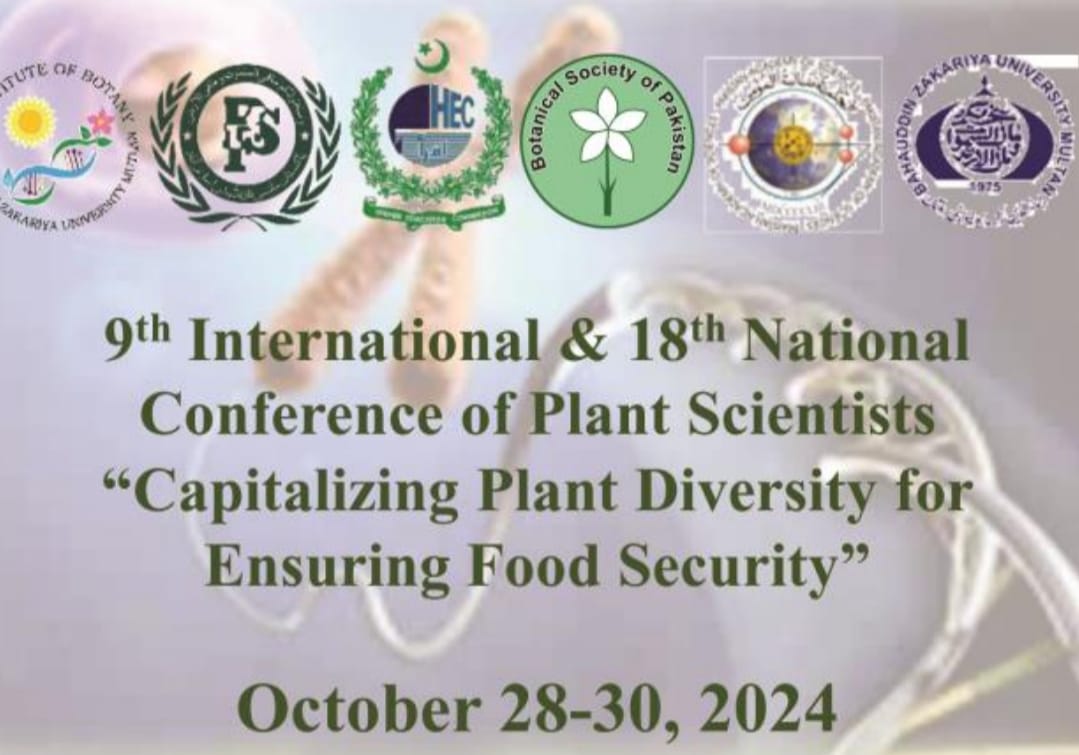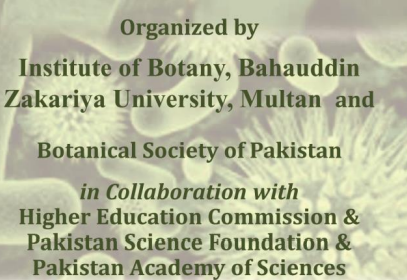-
-
-
-
-
-
-
-
-
-
-
-
-
-
-
-
-
-
-
-
Tran Dang Khanh, Hoang-Dung Tran, Khuat Huu Trung, Le Hung Linh, Hoang Thi Giang, Do Minh Trung, Tran Van Khoa and Tran Dang Xuan
Evaluation of allelopathic potential of rice landraces (Oryza sativa L.) on the growth of barnyardgrass (Echinochloa crus-galli P. Beauv) in different screening conditions
Download PDF
-
-
-
-
-
-
-
-
-
-
-
-
-
-
-
-
-
-
-
-
-
-
-
-
Durr-e-Nayab, Muhammad Zulqurnain Haider, Qasim Ali, Tehreema Iftikhar, Noman Habib, Mubashir Niaz, Shamim Akhtar and Sumreena Shahid
In silico phylogenetic analysis of fungal lipase genes and harnessing the inherent potential of Aspergillus niger IBP2013 for extracellular triglycerol acyl-hydrolase production under solid state fermentation
Download PDF
-
-
-
-
-
-


